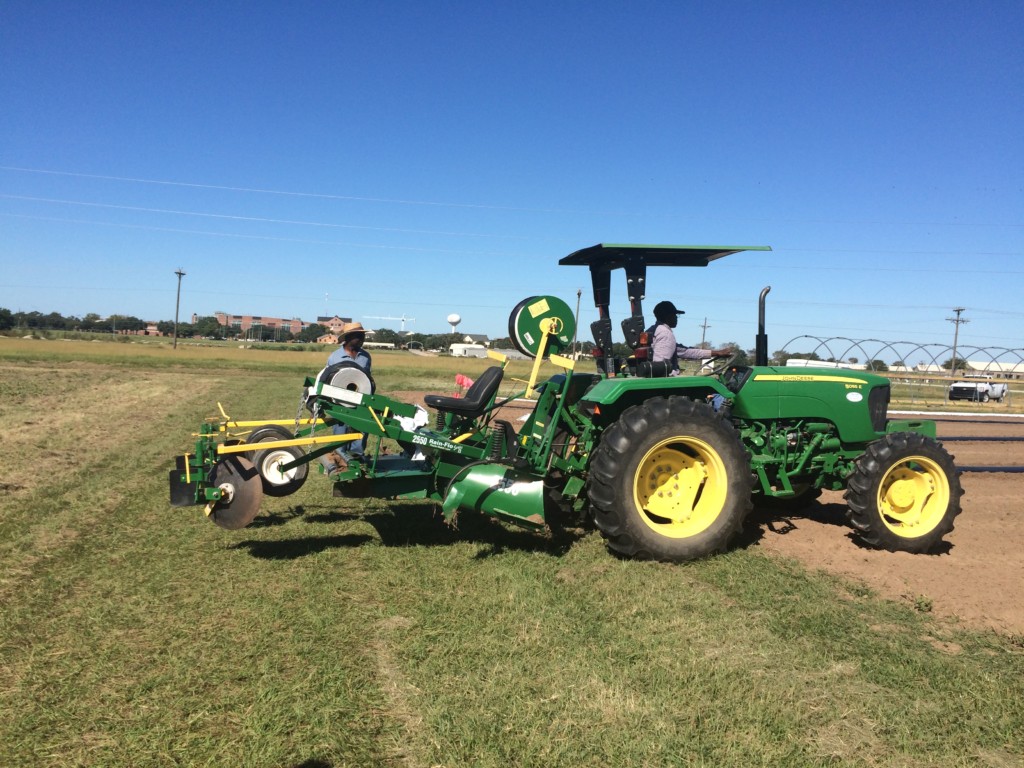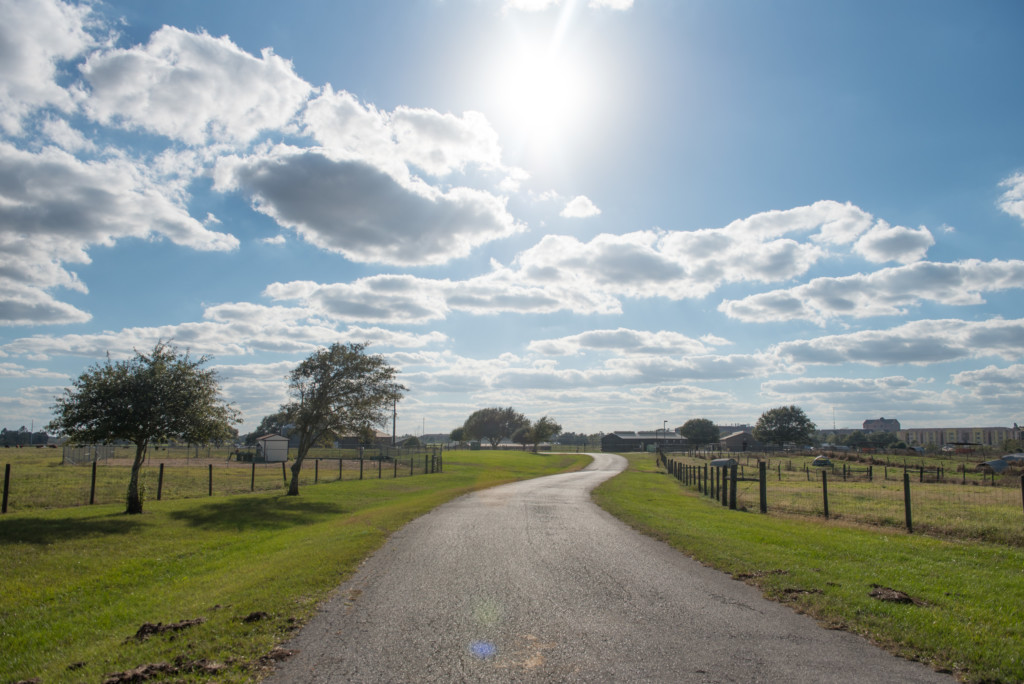PRAIRIE VIEW, Texas (August 27, 2020) – During the week of August 24-31, 2020, Prairie View A&M University (PVAMU) and 18 other land-grant institutions commemorate the 130th anniversary of the Second Morrill Act of 1890. This federal legislation designated them as land-grant institutions.
President Abraham Lincoln passed the Morrill Act on July 2, 1862, which established universities throughout this country. But it’s the Second Morrill Act of 1890 that can be considered the real catalyst of change. It gave birth to the original 1890 universities, many of which became known as historically black colleges and universities (HBCUs).
After 130 years, the 19 land-grant universities continue to provide essential research, education, and extension/public outreach that sustain U.S. food, fiber, and renewable fuel production and addresses critical challenges on all levels.
While the Second Morrill Act designated equality in higher education, PVAMU’s Associate Executive Director for Extension Carolyn Williams, Ph.D., said, “We have come a long way, but there’s still much work to do.” According to Williams, racial inequality still exists in areas that matter most, particularly funding.
“With the small funding we (the 1890s) receive, we are making a significant impact in the lives of those who need us most, and we have far exceeded expectations across the country,” Williams said.
She credits most of that to the county agents she calls the 1890s extension programs’ “lifeblood.”
It’s an assertion echoed by the Association of 1890 Research Directors (ARD) Executive Director, Alton Thompson, Ph.D. He insists that, although we’ve not achieved equality, strides are being made.
“We are in a better position to improve the quality of life for students from low-income families and our underserved clientele,” Thompson said. He added that the current (COVID-19) pandemic had uncovered many disparities in the communities that (the 1890s) serve, yet, despite limited funding, they can still count successes. Thompson is also optimistic about the future.
“Going forward, with the support of our congressional partners, we’re positioning ourselves, to increase funding so that we can add more value to the agriculture sector. Some of the best minds and the best talents come from the 1890s,” he said.
Association of Extension Administrators’ Executive Administrator Alton Essel, Ph.D., added that more than a century after the Act passed, some of its beneficiaries are eager to raise awareness about the 1890s successes and achievements.
“An upcoming webinar will include the Council of 1890 presidents who will discuss accomplishments and goals going into the future. We’ll hear from various business leaders who will discuss partnerships with the 1890s and lawmakers. Many of whom are HBCU graduates who will share their thoughts about the Second Morrill Act,” Essel said.
Essel added, “These land-grants remain relevant because they offer educational opportunities to most African Americans, provide good service to the underserved, and help youth learn to become productive citizens in our communities.”
PVAMU College of Agriculture and Human Sciences (CAHS) Interim Associate Director of Research and Professor Alfred A. Parks, Ph.D., said the research element established by the Act is a critical component of agriculture because it improves the way farmers and ranchers conduct business. Researchers develop ways to improve conditions and find solutions to problems and issues farmers and ranchers face. Parks concedes that we’ve solved past problems centered around soil conditions and how to make the land more productive, but now researchers are dealing with global issues.
“In modern-day agriculture, climate change and its impact on farming is crucial. The more we understand about changes in weather patterns, the better we can inform farmers and rancher about actions they can take to mitigate against some risk factors.” He added, “We must continue to invest in research to identify the urgent issues before they emerge and help our farmers and ranchers prepare for them.”
The Act’s mission has been extended by adding land-grant status to institutions like the 1994 land-grant colleges for Native Americans.
The 1890 land-grant universities include Alabama A&M University, Alcorn State University, Central State University, Delaware State University, Florida A&M University, Fort Valley State University, Kentucky State University, Langston University, Lincoln University in Missouri, North Carolina A&T State University, Prairie View A&M University, South Carolina State University, Southern University and A&M College, Tennessee State University, Tuskegee University, the University of Arkansas at Pine Bluff, the University of Maryland-Eastern Shore, Virginia State University, and West Virginia State University.
Activities for this week’s 130-year celebration of the Second Morrill Act of 1890 include a social media campaign using the hashtag #Celebrate1890s that highlights points of pride and significant accomplishments for each of the land-grant universities. The institutions are also highlighting the 1890s innovative programs and their role in developing solutions for local, regional, and global challenges.
The celebration ends with a virtual webinar on August 31, 2020, from 1-3 p.m. EDT. You may register for the webinar here: https://zoom.us/webinar/register/8715967268260/WN_A0MhSsN8RT2X1fWjFAH25A
###
By Tucker Wilson




